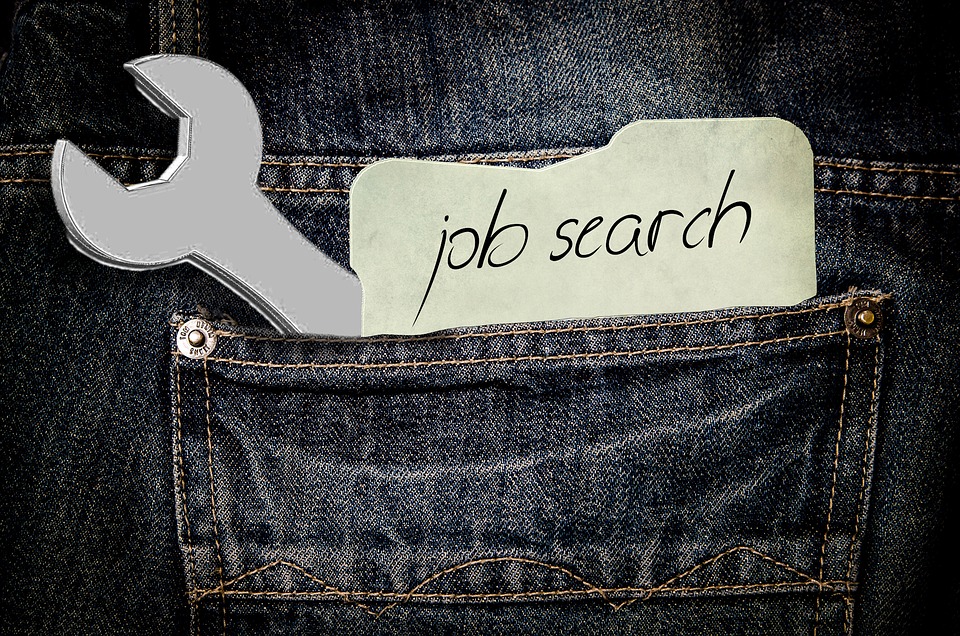The pandemic may not be over yet but nations around the world are beginning to show signs of recovery. Businesses are gradually beginning to open up again, hopefully permanently, while the overall mood and confidence is also lifting.
Canada is no exception and the country saw a significant rise in employment rates in February. Indeed, figures show that the unemployment rate dropped by an impressive 8.2% as more businesses are opening or re-opening as things start getting back to normal.
This amounts to 259,200 jobs being added which out-stripped average predictions of gains of 75,000 new jobs and helped make-up for the vast majority of the losses of the previous two months. These jobs are broken down into 171,000 part time jobs and 88,200 full time jobs. The vast majority were lower salaried jobs in the services sector.
Figures also show that Canadians are now adding to their personal savings at higher rates than before the pandemic starts. Factory sales and production capacity are also very strong.
These figures have added pressure on the Bank of Canada (BoC) to reconsider some of its stimulus packages.
Senior economist at CIBC Capital Markets, Royce Mendes, said that the BoC will be in a position to taper quantitative easing by mid-April. He believes that by then there will be enough confidence that the country will recover even if there is still some way to go.
However, the BoC has been clear about its concerns over the number of people who are still out of work, so they are unlikely to be in a high to start making significant changes any time soon. Although improving, employment levels remain 3.1% below before the pandemic arrived.
Figures also show that wholesale trade in Canada rose by 4%, and manufacturers saw a boost in production capacity from 77.4% to 79.2% in the fourth quarter. The increase in production capacity was driven largely by mining, construction, and oil and gas extraction.
According to Lawrence Schembri, the BoC Deputy Governor, Canadians could “meaningfully affect” economic growth if they were to start spending some of the savings they have accumulated during the pandemic. With confidence of a recovery increasing, more Canadians may start doing just that, although personal savings rates remain considerably higher than they were before the start of the pandemic.
We will know of the BoC’s next decision regarding rates when its economic forecasts are updated on 21st April.


